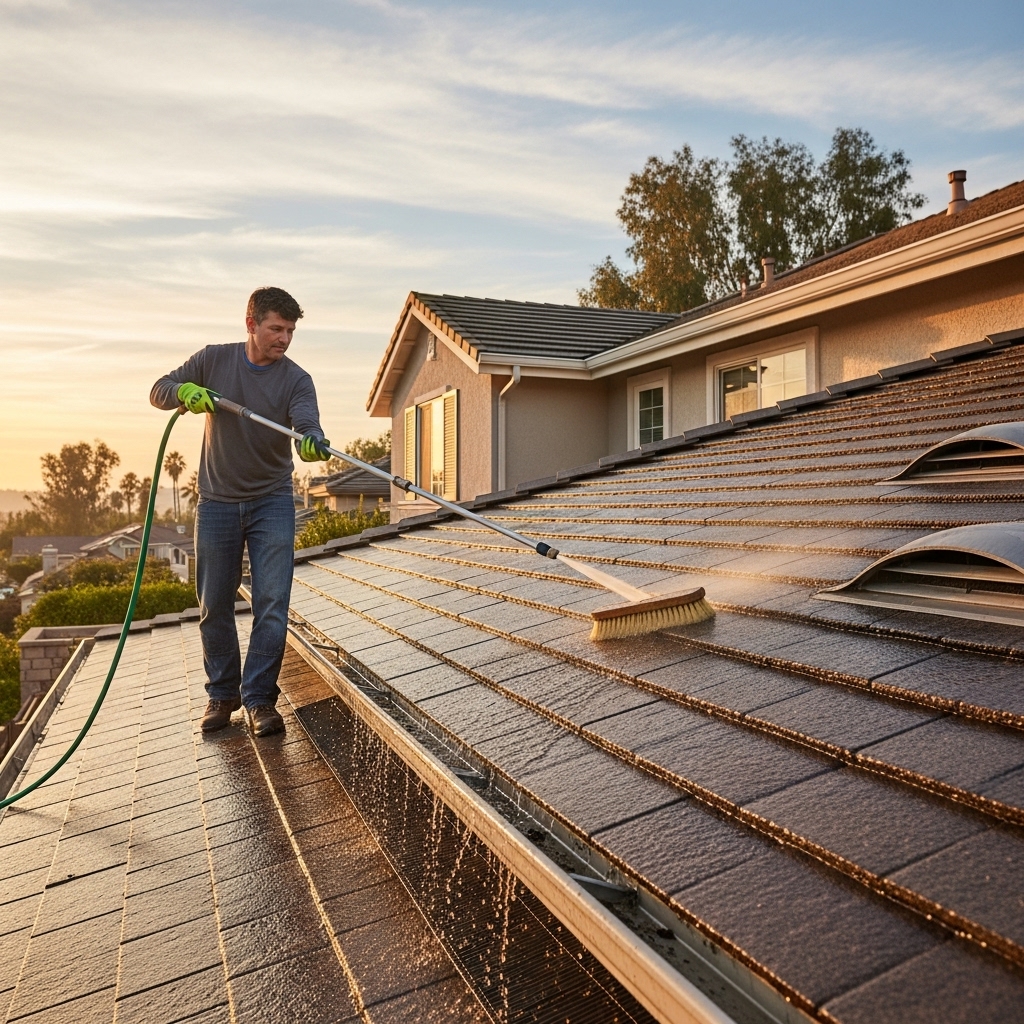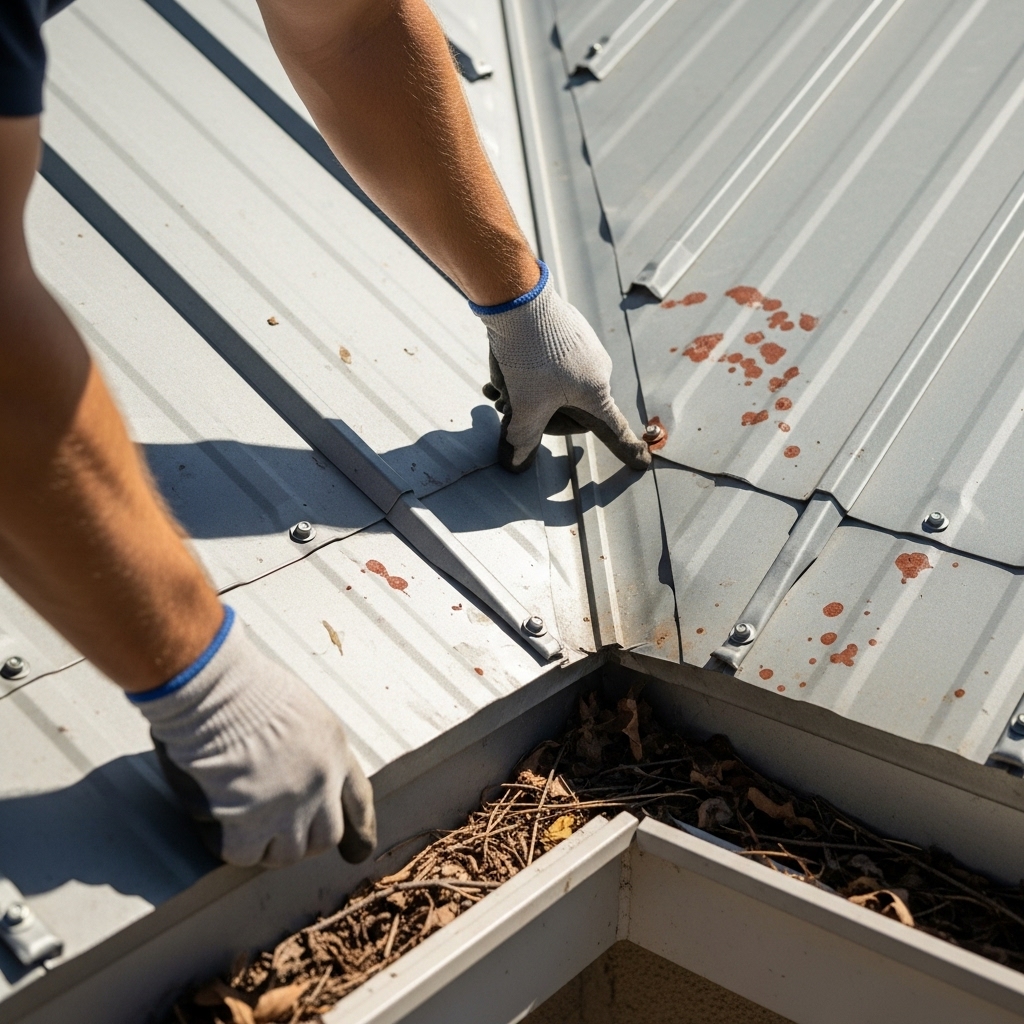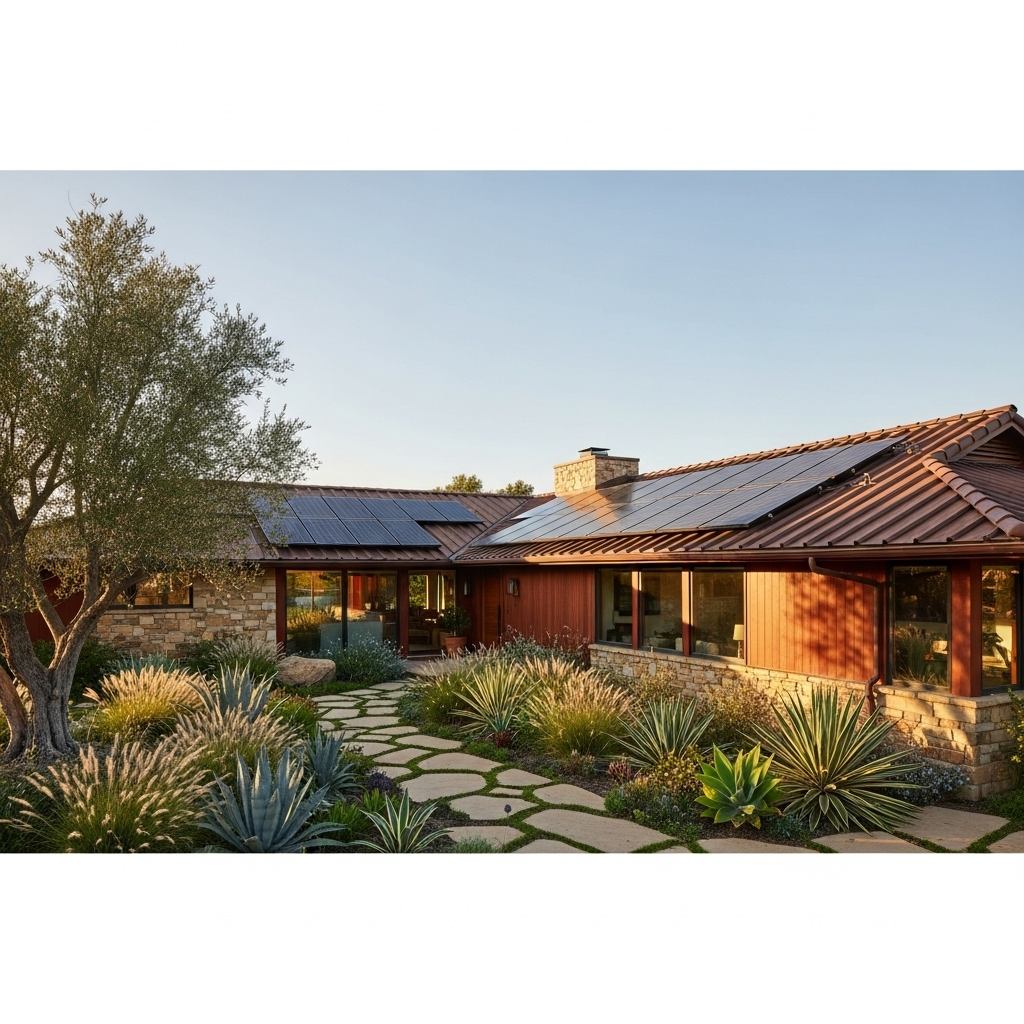When it comes to enhancing the energy efficiency of a building, Cool Roofing has become a popular and sustainable solution. These advanced roofing systems are designed to reflect more sunlight and absorb less heat, helping to reduce energy usage, lower cooling costs, and create a more comfortable environment inside homes and businesses. This guide explores the benefits, materials, and applications of Cool Roofing, making it an ideal resource for anyone considering this eco-friendly option.
What is Cool Roofing and How Does it Work?
Cool Roofing refers to a variety of roofing materials and systems designed to minimize heat absorption. Traditional roofs often retain heat, especially during hot summer months, making buildings hotter and requiring more air conditioning. In contrast, Cool Roofing materials are engineered to reflect sunlight and emit absorbed heat, keeping the roof surface cooler. These roofs typically use lighter colors or reflective coatings to achieve their energy-efficient results. By reducing the heat island effect and minimizing energy consumption, Cool Roofing plays a vital role in sustainable building design.
Benefits of Cool Roofing for Your Property
The benefits of Cool Roofing go far beyond energy savings. One of the most significant advantages is its ability to lower utility bills by reducing cooling costs during peak temperature months. Additionally, Cool Roofing systems can extend the lifespan of a roof by minimizing heat-related wear and tear. They also contribute to a more comfortable indoor environment, decreasing the reliance on air conditioning systems. For homeowners and businesses committed to eco-friendly practices, Cool Roofing supports sustainability goals by reducing greenhouse gas emissions and improving overall energy efficiency.
Popular Cool Roofing Materials and Their Applications
Several materials are commonly used in Cool Roofing systems, each tailored to different architectural styles and climates. Reflective asphalt shingles, metal roofing with reflective coatings, and white membrane roofs are among the most popular options. These materials are ideal for both residential and commercial buildings. Tile roofing, particularly light-colored or reflective tiles, is another excellent choice for achieving the Cool Roofing effect. When selecting a material, it’s essential to consider factors such as climate, durability, and maintenance requirements to ensure the best results.
Why Cool Roofing is Essential for Urban Areas
Urban areas often experience a phenomenon known as the heat island effect, where the concentration of buildings and pavement leads to higher temperatures compared to surrounding rural areas. Cool Roofing can help mitigate this effect by reducing heat absorption across large roof surfaces. In cities where energy demands are high, Cool Roofing contributes to more sustainable infrastructure and helps communities lower their overall energy consumption. By adopting Cool Roofing practices, urban centers can promote environmental sustainability while also enhancing comfort for their residents.
Choosing the Right Cool Roofing Solution for Your Needs
Selecting the ideal Cool Roofing system for your property involves careful planning and consideration. Start by evaluating your building’s energy requirements and climate conditions. Consulting with a professional roofing contractor experienced in Cool Roofing can help identify the most suitable materials and installation techniques. Whether you’re looking to replace an existing roof or build a new one, investing in Cool Roofing is a smart choice for reducing energy costs, protecting the environment, and improving your property’s value.
Read More:
Cool Roofing: Improve Comfort and Reduce Energy Costs
The Benefits of Cool Roofing for Modern Homes and Businesses






